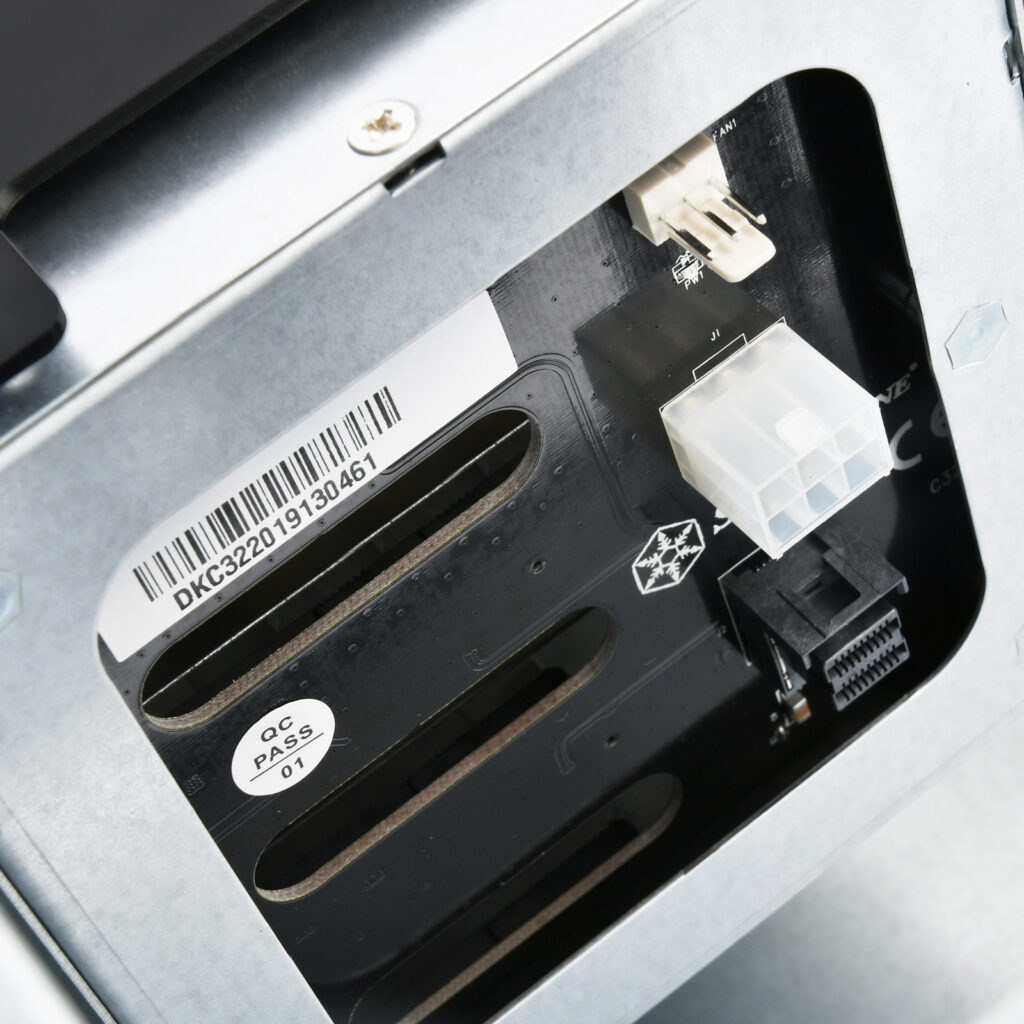It’s been a long time coming and like most things of non-critical nature that carry big expenses, I tend to delay it all as long as possible. Today I am drawing out a plan to replace my current NAS and Dell T320 server with a single unit that will function as both my server and NAS for backup and media streaming.
What’s the situation today?
I have a very old off the shelf NAS unit that holds 4x 1.5TB SATA HDDs that runs off a 32bit ARM processor and is limited to SMBv1.0 only for protocol. For obvious reasons this sits on a private intranet network and serves media to my TV only. It works, but it’s far from ideal in today’s times.
Along side the NAS, there is the older Dell T320 tower server that has a massive 5x 4tb SAS array with 96gb of DDR3 RAM on a Xeon 12c CPU at 1.36ghz. It is an entry level server meaning there is no how swap PSUs (mine only has the one), no hot swapping of the drives either. A little long in the tooth but its done a great job, and other than being big and taking up a lot space, its been a great box to learn and build off of.
So why not just use the Dell as the NAS/Server?
I did experiment with this but found the CPU struggles to serve Plex 4k content while running my docker instances in the background. Even after offloading a couple of the junk containers to my desktop showed no difference. Adding a GPU to this server was limited from a supported selection and none of which supported HW transcoding.
Brainstorming time…
A must is to re-use those 4TB SAS drives if possible. They’re solid and not terribly old when compared to the NAS drives which have got to be at least 10yrs old now. Plus it saves me the $$$ to not having to throw down more cash for HDDs. Hot swap drive bays are a major bonus if possible too. Having that quick change flexibility is worth its weight.
Ideally, a M-ATX setup with at least 32gb of DDR4/5 RAM paired with a AMD APU, or some Intel counterpart that can support hardware transcoding. M.2 SSD for boot and a SAS Add-in card for the array. Easy part is done, but what chassis now? After some digging around on the internet, I came across this article from Serve the Home that did a similar build with a SilverStone CS381B chassis that looks to be exactly what we want to accomplish here.
Specifications from their site
■ Support up to 12 drives in unprecedented 30 liter Micro-ATX chassis size
■ Designed for vertical or horizontal position, allow users to freely place CS381 anywhere
■ Includes two long-life (L10, 70,000 hours) dual ball bearing 120mm fans
■ Hot-swap drive trays support up to eight 3.5” or 2.5” SAS-12G / SATA-6G drives with two LED indicators for displaying drive status
■ Accommodates SFX or SFX-L power supply
■ Support normal height expansion slots for installation of cards up to 267mm long
■ Kensington lock on front panel for additional security
Just beautiful
Soooo looks like we have our end goal in mind. The chassis has a built in backplane with a U.2 type connector and a 6-pin PCI-E connector to power each backplane. This chassis is loaded otherwise with plenty of room to fit in more drives internally. The general complaint that I read is there are a alot of screws to deal with when building this. Further making me grateful for hotswap abilities here.

Great, but how much is this case going to cost you?
Heh, Yea it is not cheap at $349.99, and worse it doesn’t even come with any mini-SAS or cables to support the backplane. We’ll probably be adding another $40-50 or so bringing us to ~$400, and we have yet to figure out the rest of the build.
For testing and lack of patience, I could always use an old Z68 system I have laying around and toss it all in and see what happens? I can confirm that somehow the PERC H200 SAS adapter already works when installed on the motherboard I have. Bonus that it even mounted up and auto installed drivers under Win7 Home Premium of all things. After recovering from Christmas expenses a bit, I will get this case ordered up and in hand.
Matt